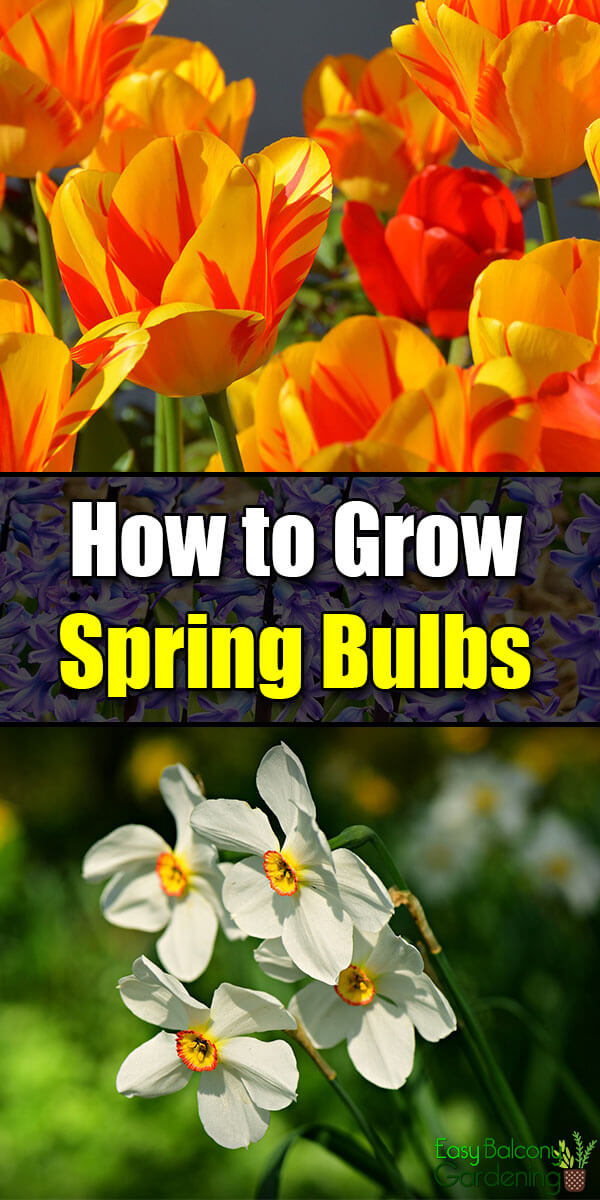Plant your spring bulbs abundantly in the fall, and you can have a beautiful display come spring. There is a wide variety of spring bulbs. The available shapes, sizes, and colors will simply delight you!
The Big Three
The tulips, daffodils, and hyacinths are very big on spring colors. There are wide varieties of tulips. There even come in black, if you fancy the color. If you live in deer country, you may want to plant daffodils. Unlike tulips, the deer do not bother daffodils; neither do the squirrels. If you want indoor blooms, hyacinths are easy to force for interior beauty. Their spring scent is delightful, if there are no allergy problems. Plant the Big Three with the root plate downward and the nose upward.
Location
It is important that your soil is well-drained. Make sure that your chosen site does not have standing water when it rains. Consider also the sunlight requirement. You need to know if the bulbs like full sun, partial sun, or full shade. If you want to plant bulbs in a slope, choose a south slope if possible. They will bloom earlier than if planted in a north slope. Early spring blooming bulbs can be planted in front of trees and shrubs, since they will not leaf out before the bulbs bloom.
Optimum Soil
Optimum soil pH is between 6 and 7. If the clay content is high, work in some organic matter like peat moss in the top foot-and-one-half of the soil. Remember that, generally, the depth for planting spring bulbs should be approximately two to three times deeper than the diameter of the bulbs. However, plant the bulbs about two inches deeper if your soil is light and sandy, and about two inches shallower if the soil has heavy clay content. The best method is to loosen and work the entire bed at the proper depth. Remove the debris. This is also the optimum time to stake the bulbs that will need support when grown.
Fertilization
Till well into your soil some peat moss, dried leaves, or other organic matter. Add about two to three pounds of 5-10-10 for every hundred square feet. A handful is adequate if you are just planning on ten or twelve bulbs. Do not fertilize once the spring bulbs have started blooming. You will need to fertilize lightly as the blooms begin to fail. Just a handful of 5-10-10 will do nicely. Do not forget to water it in very well. Periodically check the soil to see that it stays at the 6 – 7 pH range.
Irrigation
You should water your spring bulbs right after planting. It will help settle the bulbs and the moisture will also speed up the rooting time. Avoid over-watering, however, as you do not want root rot. Shallowly planted spring bulbs will rot very fast if you over-water them. If the soil is dry, water again when the flower buds start showing. Using a soaker hose, water deep enough to cover the depth that you planted the bulbs. In the absence of rain, your spring bulbs will need approximately one inch of water every week.
Foliage Problems
The foliage on large bulbs can be a problem after the blooming period. Resist the temptation to mow until the foliage has died back on its own. The spring bulbs need the nutrients from the green leaves to store food for next year’s growth. To reduce the sight of yellowing bulb foliage, you may want to plant your spring bulbs with some perennials or ground covers.







